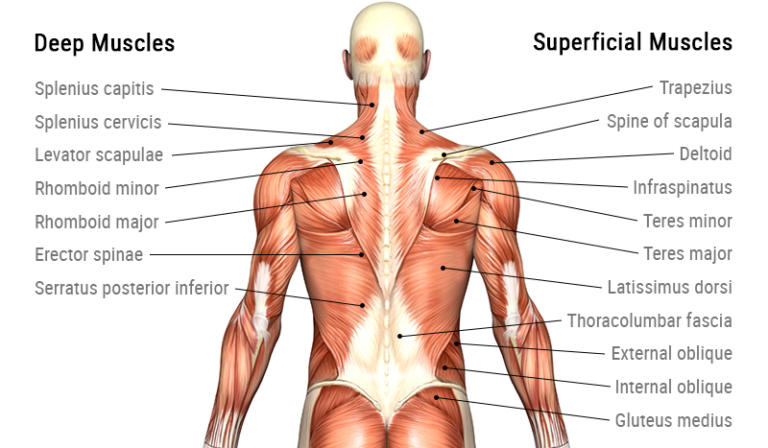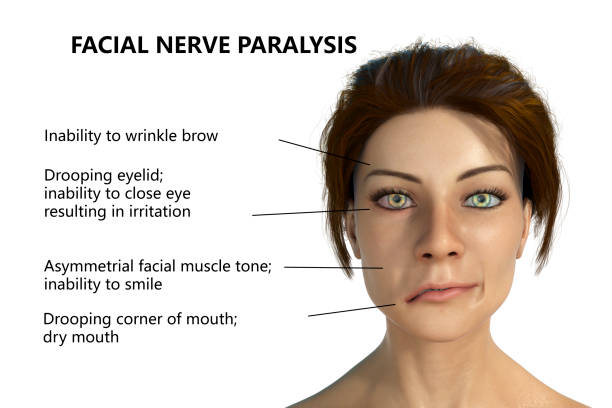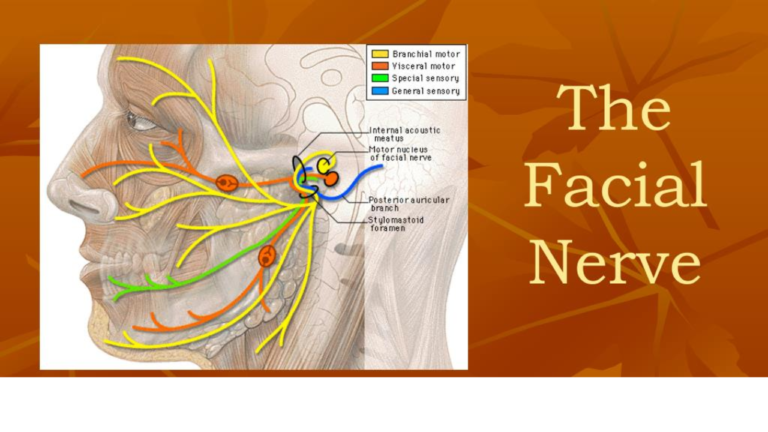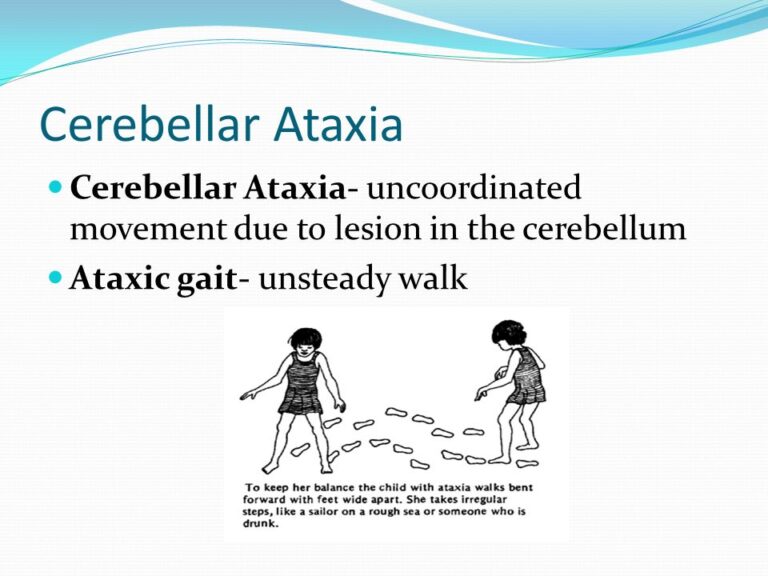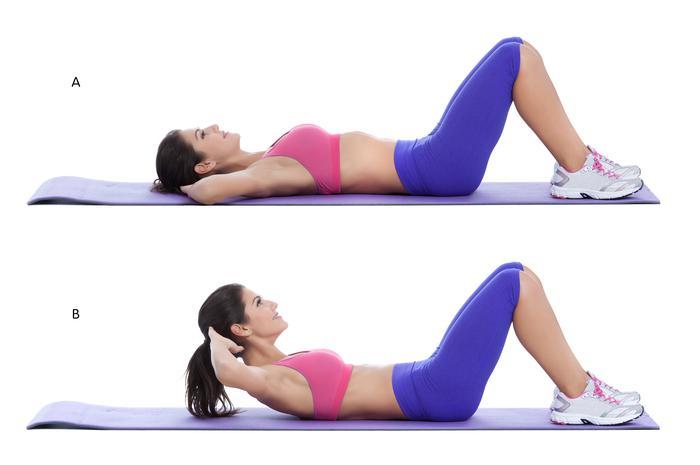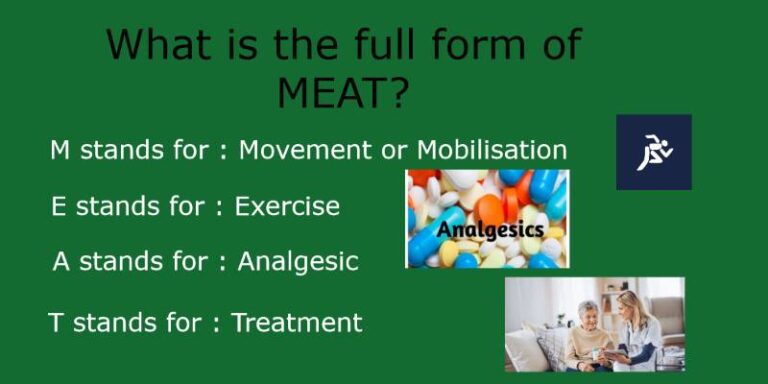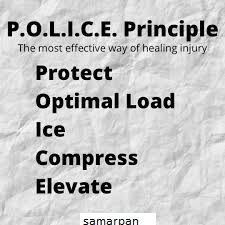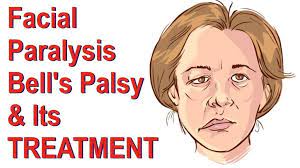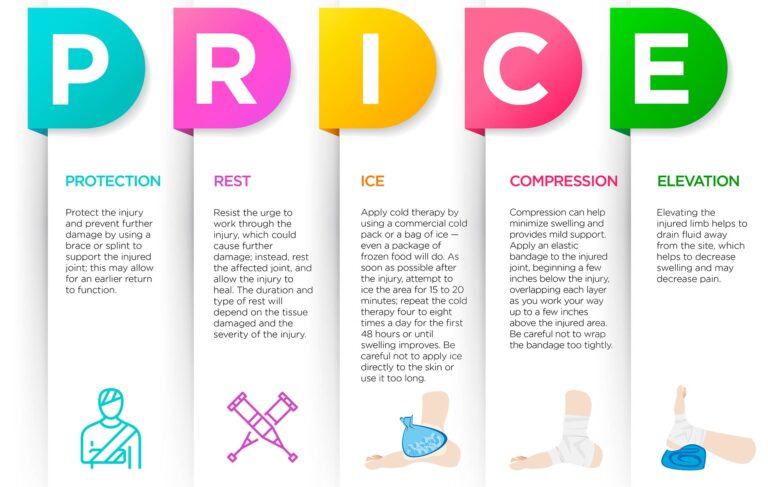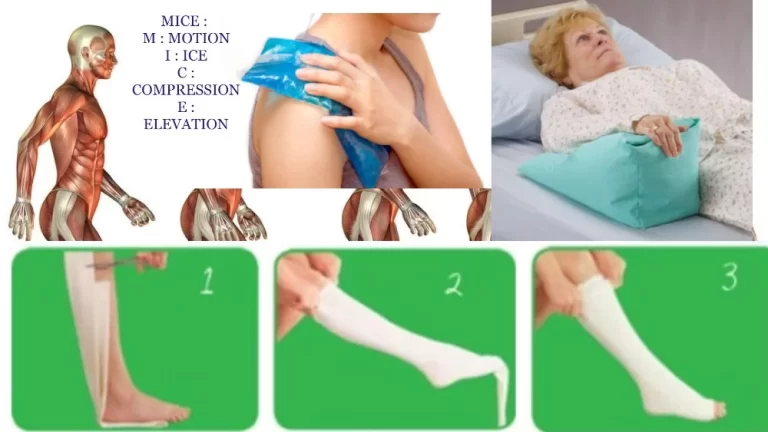Muscles Of Back: Anatomy, Origin, Insertion, Function
The muscles of the Back are divided into three-layer – The superficial layer, the intermediate layer, and the Deepest layer the muscles. Superficial muscles of the back :The superficial back muscles are the muscles found just below the skin. Within this group of back muscles, you will find the latissimus dorsi, the trapezius, levator scapulae,…

